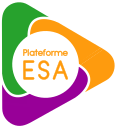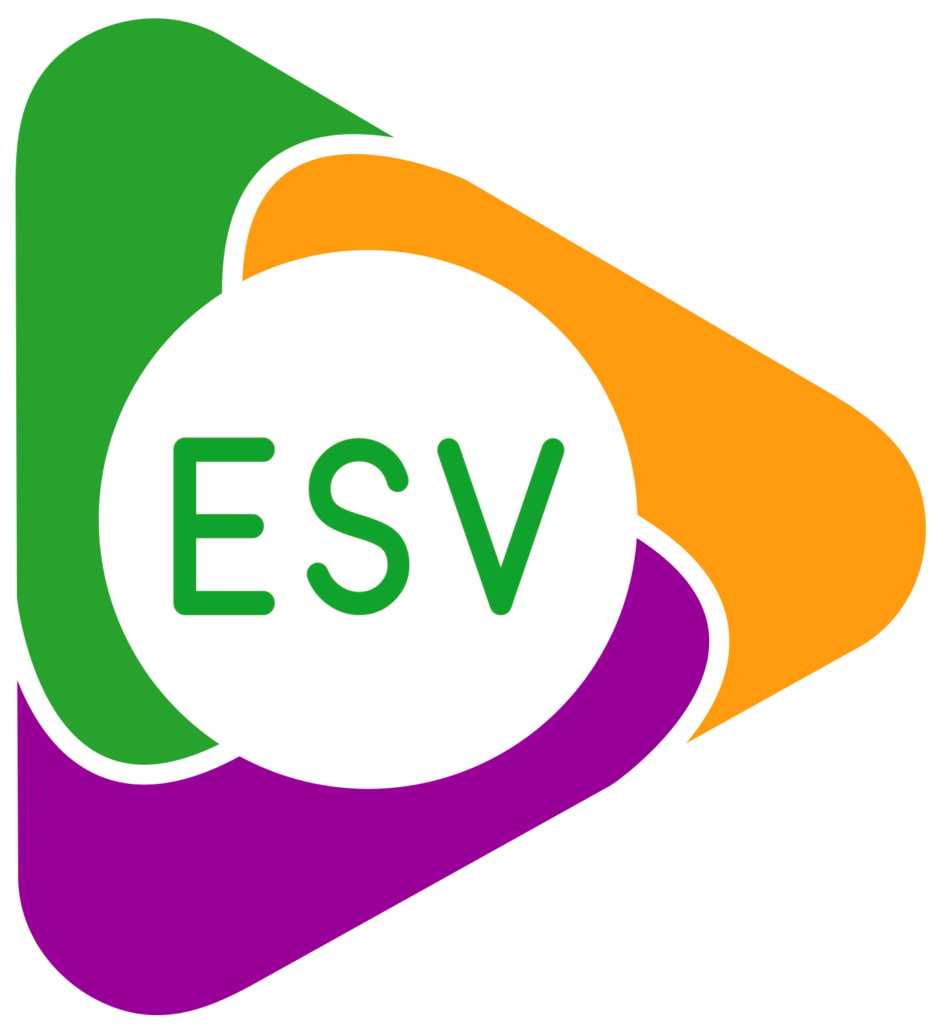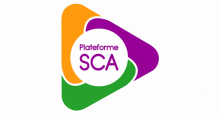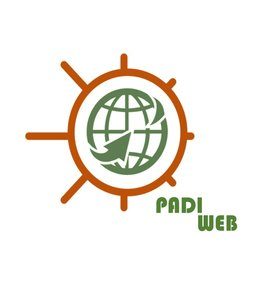Monitoring animal health and particularly the emergence of novel infectious agents in a holistic and integrated way is a key step in preventing health risks. This was at the centre of the discussion panels at the one-day seminar on the epidemiological surveillance platforms in animal health, plant health and food chain surveillance organized by the French Ministry of Agriculture and Food, as part of the French Presidency of the Council of the European Union at the Pierre Mendes France Conference Center, Paris on March 22nd.
MOOD coordination Dr Elena Arsevska was invited to contribute to the round table bringing in what will be the innovative tools proposed by the MOOD project for more effective health surveillance in France and across Europe, among other concrete examples in support of the original multi-stakeholder, multi-sector, and multidisciplinary governance as part of the One Health approach.
The event brought together, in person and by videoconference, more than 400 actors, among which professionals, national institutions, members of the French Platforms, and invited guests from European institutions such as the European Commission (EC) and the European Food Safety Authority (EFSA). International organizations such as the World Organisation for Animal Health (OIE) and research institutes such as Institut Friedrich-Loeffler (FLI), as well as industry associations such as FoodDrinkEurope, all contributed to widening the perspective and highlighting the multisectoral character of the OneHealth approach.
The three French Epidemiological Surveillance Platforms
One tangible example of the OneHealth approach was given by the three epidemiological surveillance platforms established in France in 2011 to monitor health risks, ensure effective epidemiological surveillance in the areas of animal health, plant health and the food chain.
These platforms bring together, in a mode of public-private organization with shared governance, all the actors involved in the surveillance of health hazards: State, scientific support organizations, representatives of farmers and professionals in the production and transformation. This is an essential field of action that links, from farm to fork, plant health, animal health and public health.
The way that the three platforms monitor microbiological and chemical hazards and implement early detection systems is coordinated and interactive, leveraging on the significant similarities between them — including direct interactions — across the environment, feed and food. The necessary synergy between skills and knowledge contributes to the development of a national epidemiological surveillance strategy in line with the “One Health” concept – and gave shape to the inter-platform coordination unit bringing together the coordination teams of all three platforms.

The French Platform for Epidemiological Surveillance in Animal health (ESA) covers all
health risks that could have an impact on animal and public health (zoonoses) for which animal surveillance is recommended or required on a regional or national scale.
The French Plant Health Epidemiological Surveillance Platform covers all health risks or phytosanitary phenomena that could have an impact on plant health in addition to the
unintentional effects of agricultural activities.
The Food Chain Surveillance Platform covers the whole food chain and any biological, chemical or physical hazard potentially present in food of animal or vegetable origin that represents a threat to human health. Animal feed is also included in the platform’s scope.



MOOD researchers from Anses, Inrae were also present thus reinforcing the promotion of MOOD innovations and the output outreach phase of the project.
Elena Arsevska, MOOD coordinator
MOOD’s contributions

The MOOD coordinator joined the round table on “The needs from the field, for the surveillance of tomorrow and research answers” to present the MOOD project and in particular, one of its major outputs for Indicator-Based Surveillance: PADI-web (Platform for Automated extraction
of Disease Information from the web), an automated biosurveillance system dedicated to the monitoring of online news sources for the detection of animal health infectious events.
This tool for digital disease surveillance on the web has been co-designed with the French Platform for Epidemiological Surveillance in animal health together with CIRAD and INRAE.
Operational since 2016, the tool is in constant evolution, following the advances in computer science and text mining, and epidemiological analysis of detected outbreaks in the online news. To improve its performance and overall enhance the epidemic intelligence capacity of the OneHealth approach, the MOOD project will reinforce collaborations with other French and European research institutes through a series of collaborative co-conception and development activities.
At the round table, Dr Arsevska shared how this generic and highly customizable tool can contribute to all three Platforms for Epidemiological Surveillance (plant, animal, food) and epidemic intelligence:
1. Padi-web’s outputs can be useful for modellers (e.g., risk mapping) and data scientists (e.g., building data visualizations) in a generic way;
2. This tool is complementary to other similar existing tools such as MediSys or HealthMap, as it does not use the same keywords and languages for detection of the news on the web and monitoring different sources and geo regions.
Any potential end-user and researcher is free to contact the team at CIRAD for collaborations and training.


